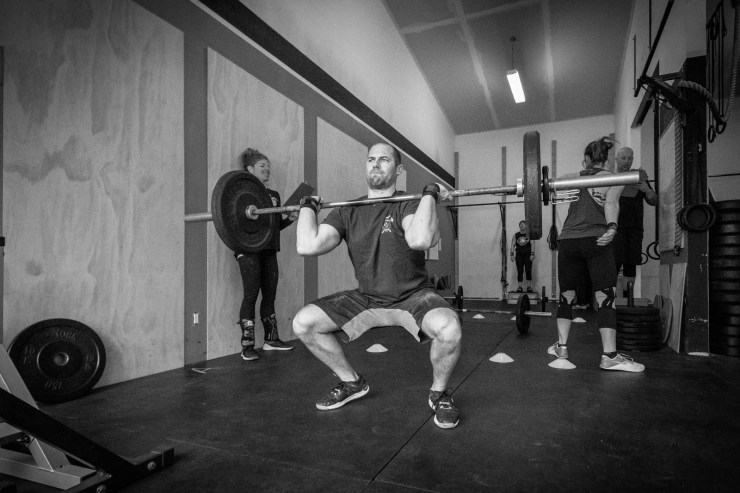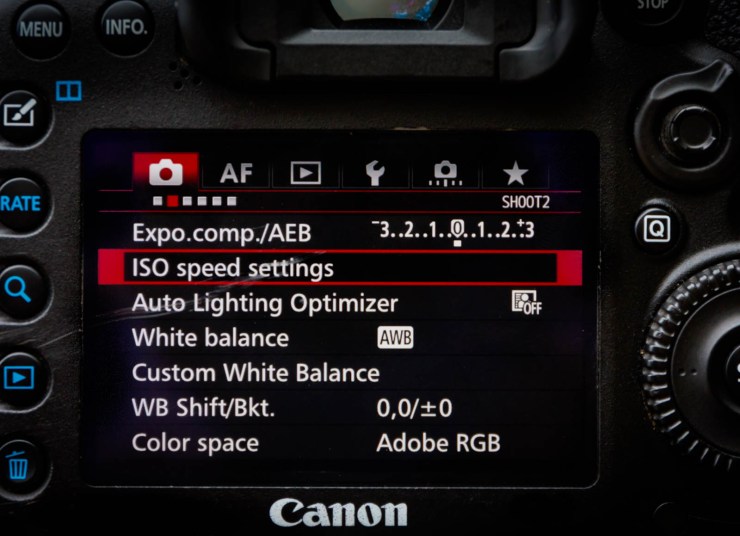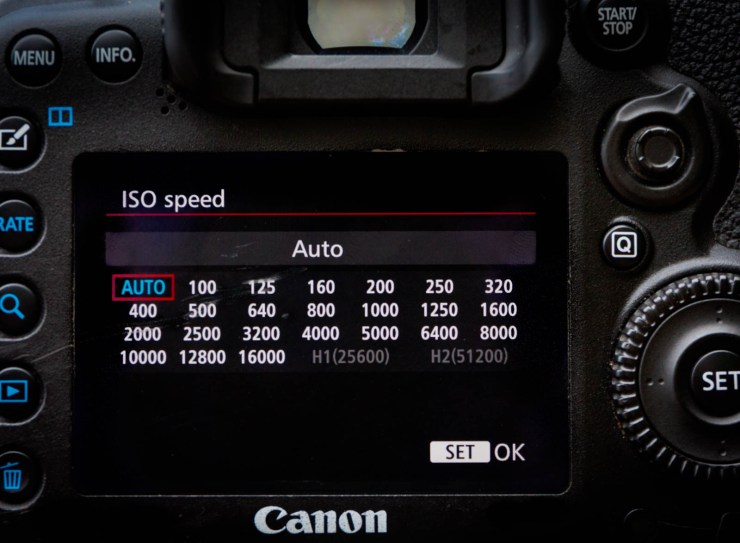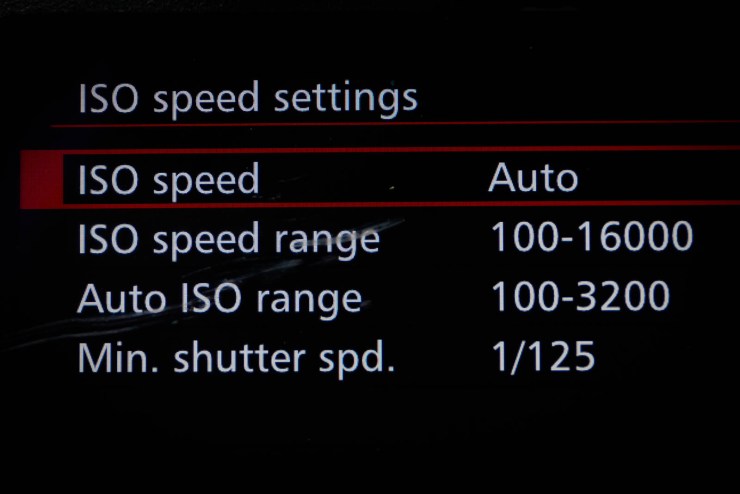In its simplest terms, ISO is your camera sensor’s sensitivity to light. As ISO numbers increase, so does the camera’s ability to capture more light.
In bright, daylight conditions, you can use a low ISO value. For darker scenarios, you can up the ISO to increase the amount of light being recorded in your image. Together with aperture and shutter speed, ISO completes the exposure triangle that all photographers must learn in order to properly expose images.
Drawbacks of high ISO
These days, ISO can be controlled manually on any brand of camera. ISO can range anywhere from ISO 50 to ISO 12,800 or beyond. While it may seem like a simple solution to crank up your ISO in low light situations, it’s good to be aware of the downsides of doing so.
The higher ISO you use, the more noise you will record in your image. Noise can obscure details, lower the color quality and make images look less sharp. Some describe noise as making an image look grainy, like old film pictures. High ISO can reduce image quality by lowering the dynamic range recorded in the photo.
For these reasons, most people try to use as low of an ISO as possible.

Why use Auto ISO?
While you can set your ISO value manually for each shot you take, you can also set your camera to Auto ISO. But when would you want to do this? Auto ISO can come in handy when you’re shooting in environments with varied, changing or low light levels. A few examples of such shooting situations might be:
- Trying to capture action sports in a gymnasium with poor light
- Shooting a concert with changing lights on stage and low ambient light
- Photographing a child or pet playing outside alternating between sun and shade
- Shooting mountain biking in a forest with dappled light
In situations like these, Auto ISO allows you to concentrate on setting your shutter speed and aperture while your camera determines the best ISO to complete your exposure.

Setting up Auto ISO
To set up Auto ISO, you’ll need to go into your camera’s menu and find the corresponding settings. Once you’ve located the setting options in the menu, you should be able to do the following:
1. Enable Auto ISO
This can often be done from the ISO button on the back of your camera. When you turn on Auto ISO, you are allowing the camera to determine the ISO value while you control aperture and shutter speed. Auto ISO can also be used in aperture priority or shutter priority modes.
.mgl-tiles { display: none; } #mgl-gallery-634eff8fce442 { margin: -5px; width: calc(100% + 10px); } #mgl-gallery-634eff8fce442 .mgl-box { padding: 5px; } @media screen and (max-width: 768px) { #mgl-gallery-634eff8fce442 { margin: -5px; width: calc(100% + 10px); } #mgl-gallery-634eff8fce442 .mgl-box { padding: 5px; } } @media screen and (max-width: 460px) { #mgl-gallery-634eff8fce442 { margin: -5px; width: calc(100% + 10px); } #mgl-gallery-634eff8fce442 .mgl-box { padding: 5px; } }


2. Choose a maximum ISO value
Different cameras will have different ISO capabilities. Personally, I know that my camera performs pretty well up to ISO 3200, so I have my maximum set there for most situations. Setting your maximum ISO is a subjective choice, so it’s a good idea to become familiar with how your camera performs at different ISO levels.
Just remember, the higher the ISO level, the “noisier” your image will be.

3. Choose a minimum shutter speed
This stops your camera from dropping your shutter speed lower than you want before starting to increase the ISO. You will want to set your minimum shutter speed so that your subject stays sharp in all of your exposures.
Keep an eye on your exposures
Once you start using Auto ISO, keep an eye on your images to make sure they’re properly exposed. You can use exposure compensation to intentionally under or overexpose your images as desired. If you don’t have a lot of light and max out your highest ISO and your minimum shutter speed, your images might be underexposed. While Auto ISO technology is pretty reliable, it’s always a good idea to keep an eye on your histogram to ensure a properly exposed image.
Using Auto ISO can come in really handy in the right situations with low or changing light levels. While you may feel like you’re giving up a bit of control, you’re also gaining the freedom to focus on your subjects and get the right compositions in those tricky shooting conditions.
Tell your story with the second annual Visual Storytelling Conference!
Experience four days of interactive, online training sessions featuring a range of educational content with experienced photographers and content creators. This free event kicks off with a series of technical boot camps to build essential skills, followed by live, online sessions on photography, video, business and social media. Join live from March 10-13, 2022!
